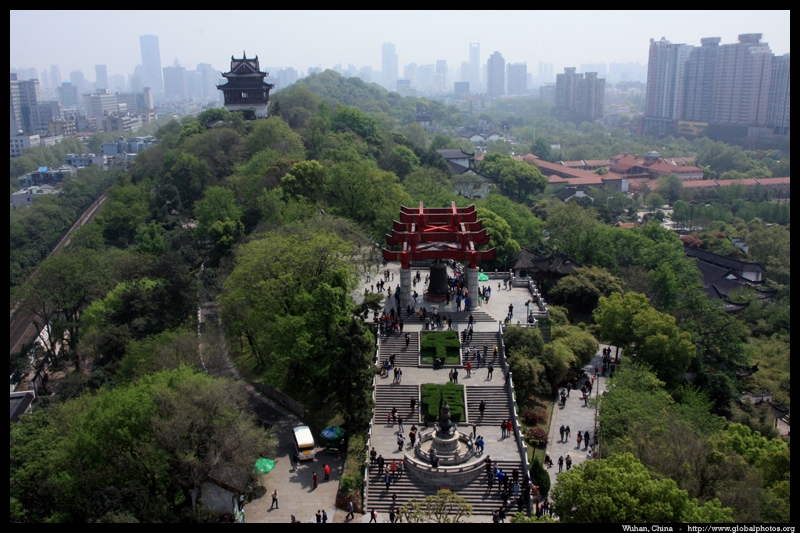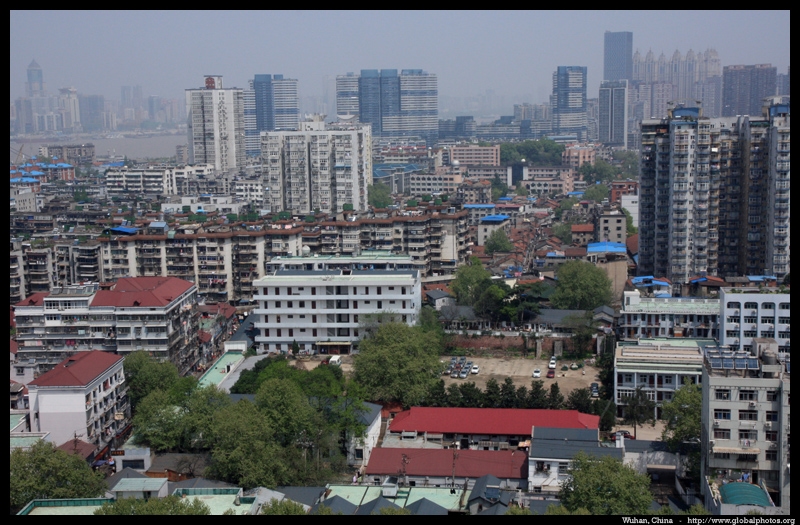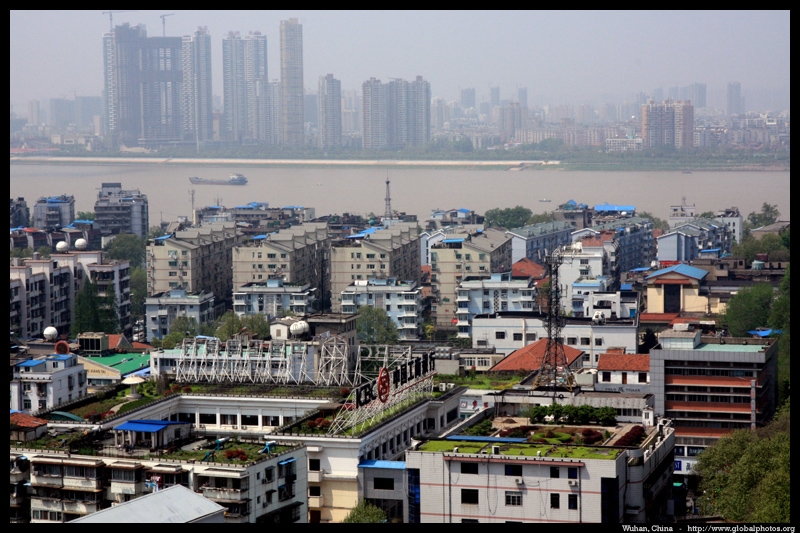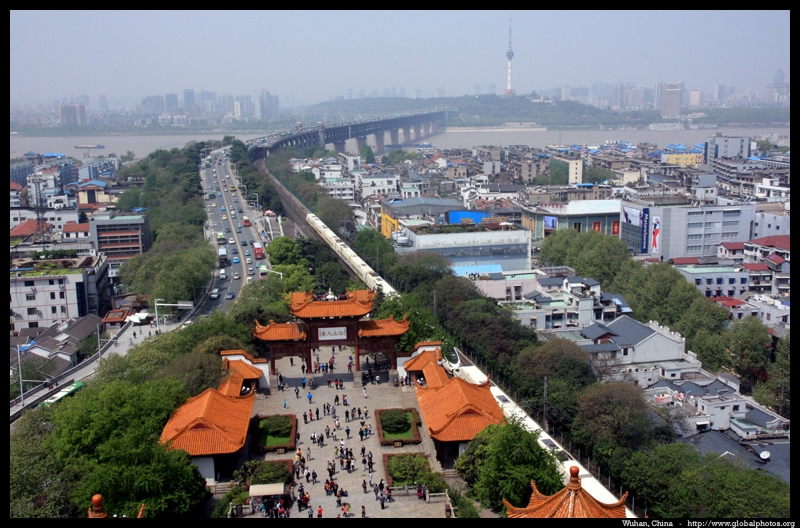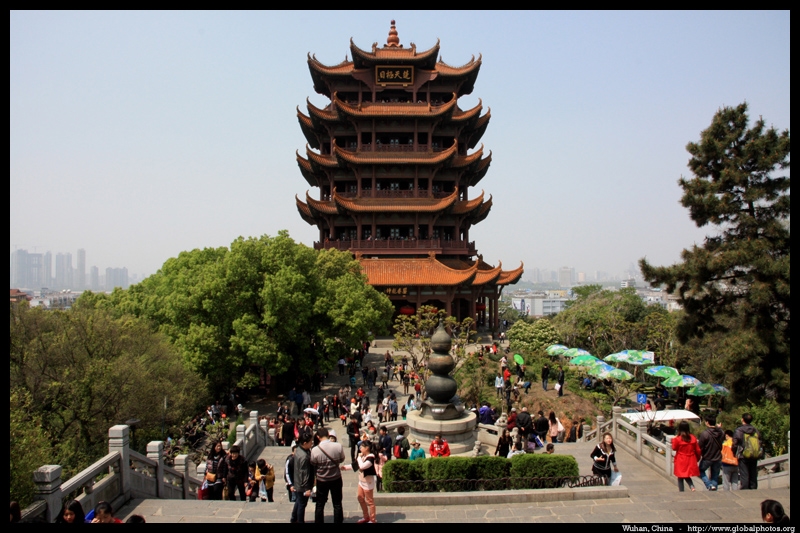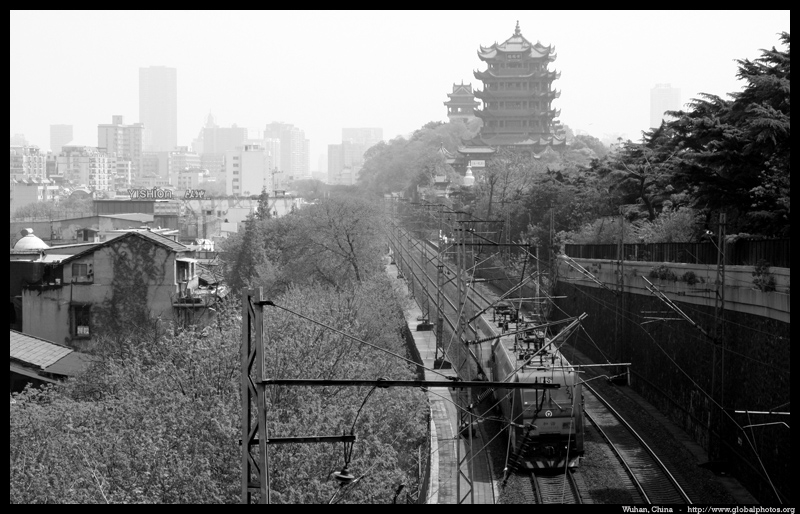My Favourites
1. Wuhan's metro is fairly new at less than 10 years old. Line 2 only opened in December 2012 and is the first metro line to cross the Yangtze River.
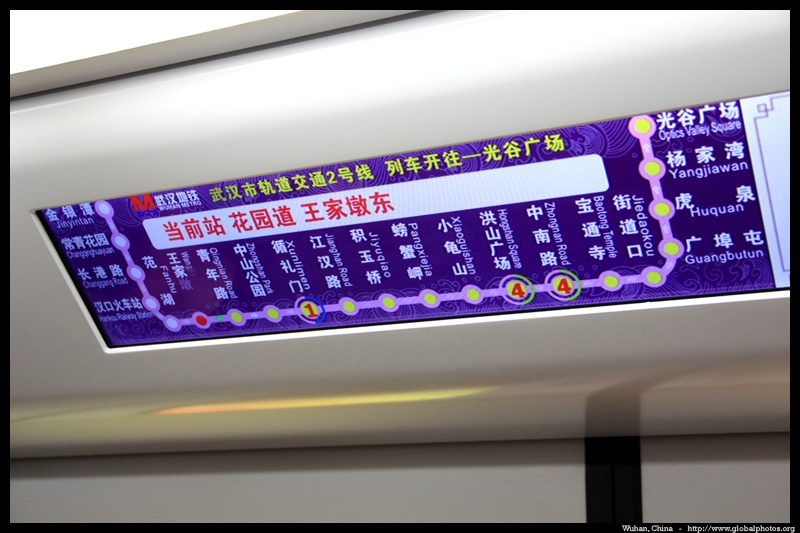
2. Line 2 stations have artistic decorations. Here are 2 trains set against the Yellow Crane Tower. Interestingly, there is no station near the actual tower.
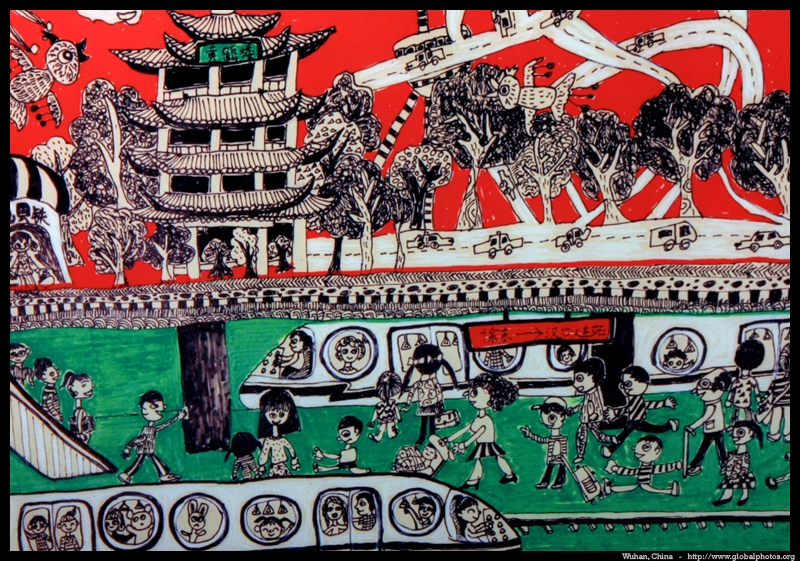
3. There were quite a lot of fruit stalls on the streets, many of which sold pineapples. I didn't know pineapple was a local delicacy.

4. Wuhan University's campus looked like an old residential neighbourhood.
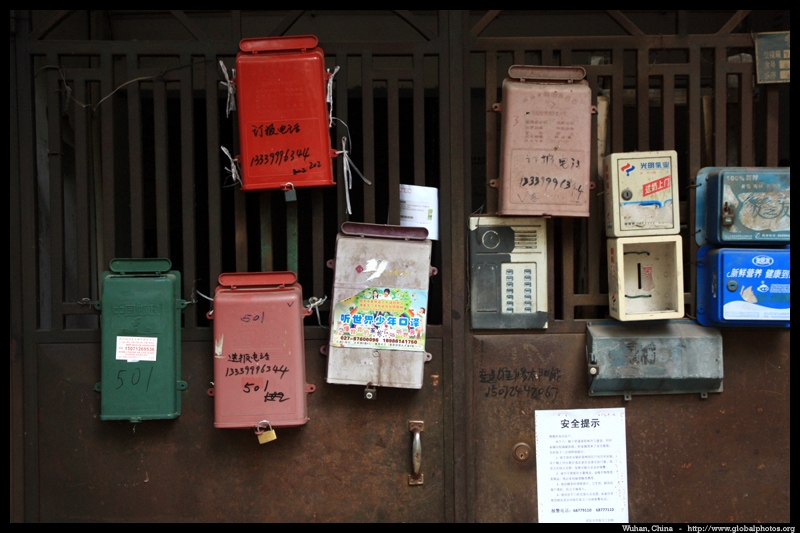
5. The campus is famous for its cherry blossoms, which was my primary reason for visiting. Having seen them in Japan and Korea before, and impressed by Xian's blossoms last year, I decided to give Wuhan a try. Unfortunately, I came a tad bit too late.
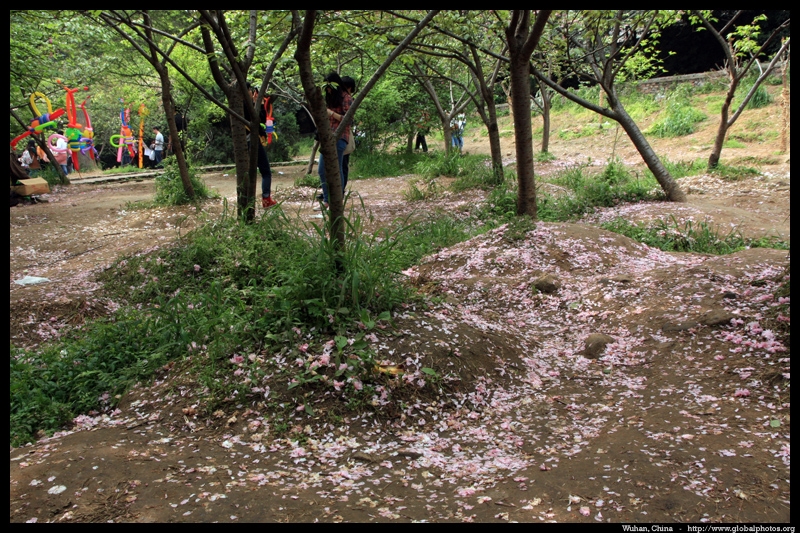
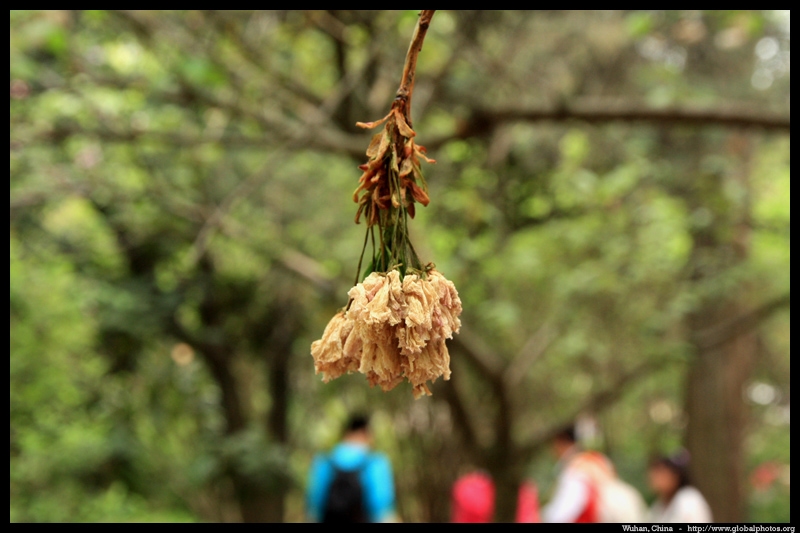
7. The Hubei Provincial Museum is a treasure trove, with a large collection that has English descriptions. The best part is free admission although you still have to line up to get that free ticket.
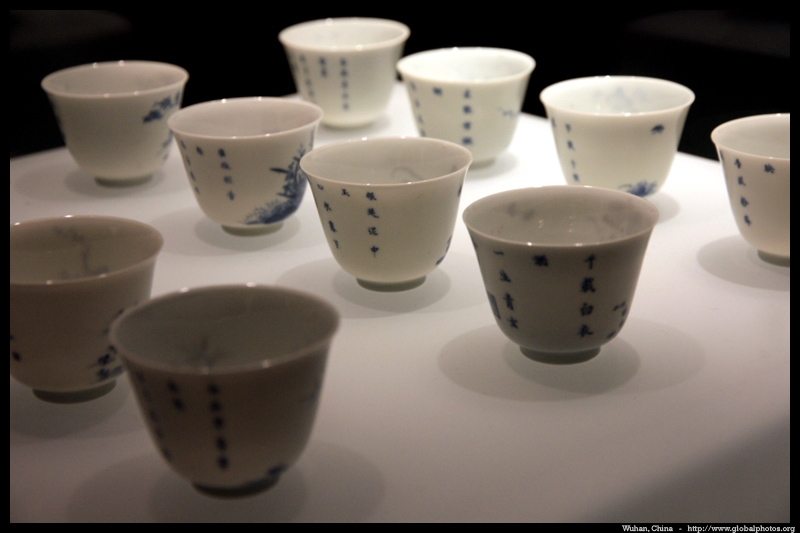
8. The rich folks of yesteryear wore gem-encrusted belts.
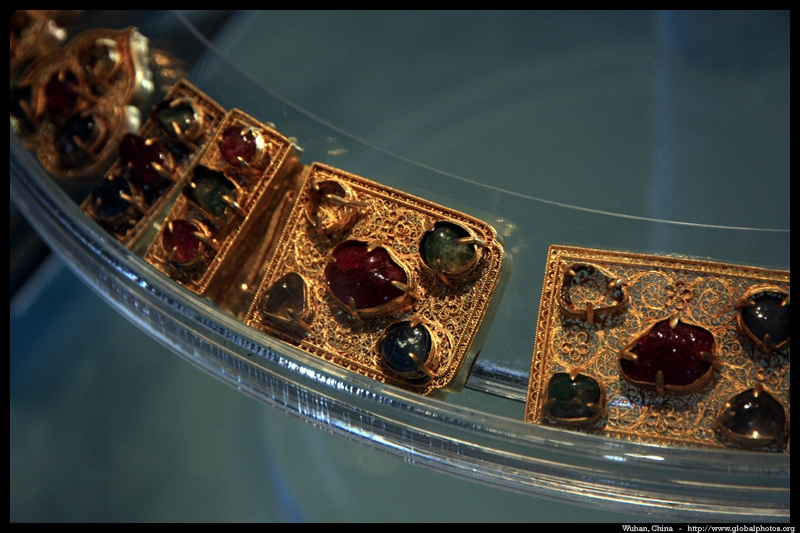
9. One of my favourite parts of the museum is this huge ensemble of bronze bells from the Warring States period over 2000 years ago.
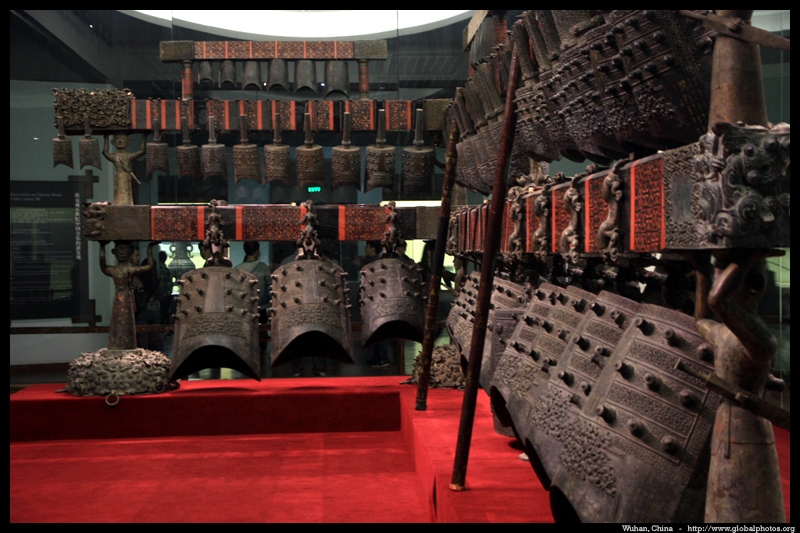
10. The other museum worth visiting is Wuhan Museum. Although part of the collection overlaps the provincial museum, I still found some unique items, such as this ivory holder.
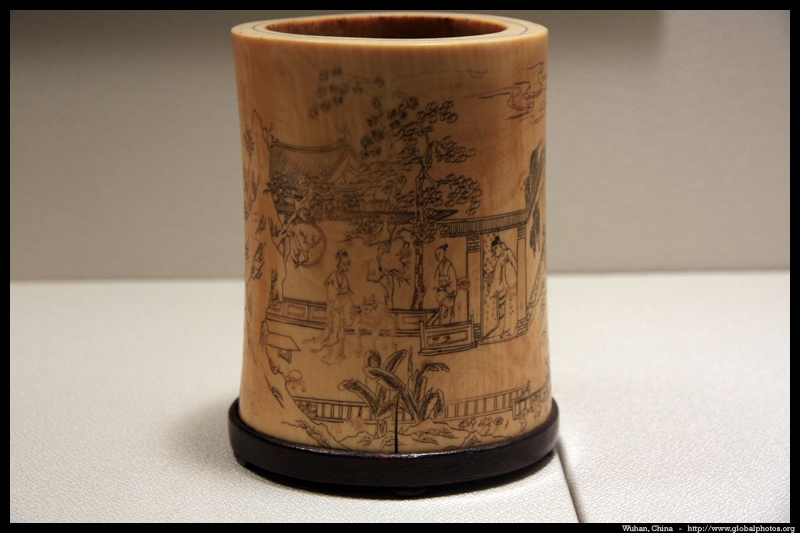
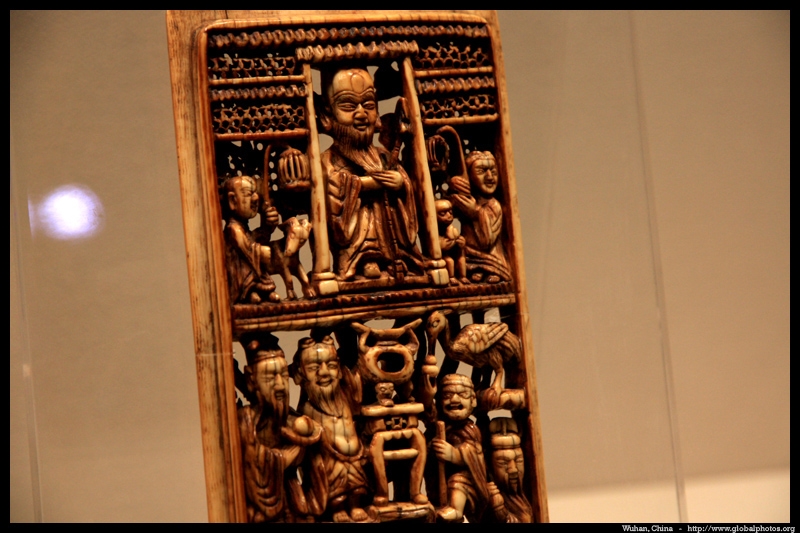
12. These snuff bottles are used to smoke tobacco.
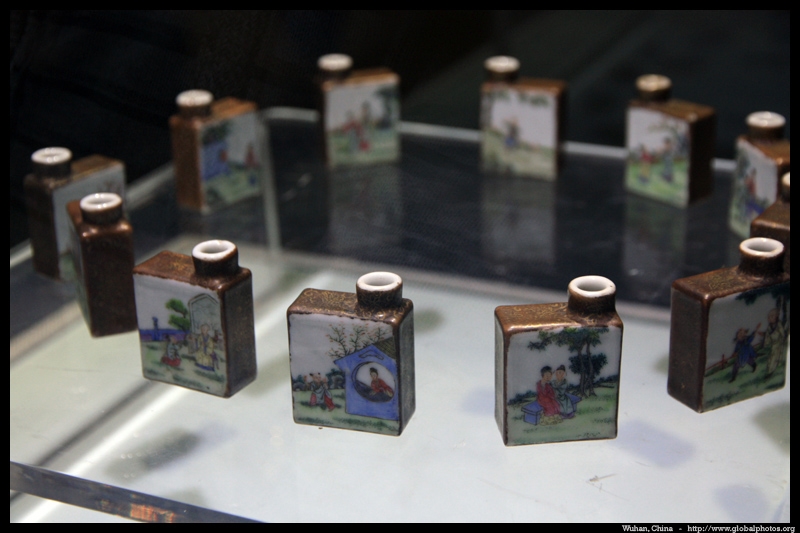
13. For such a large city, the metro network isn't comprehensive. The gaps are filled by the bus fleet, but the vehicles are unimpressive.
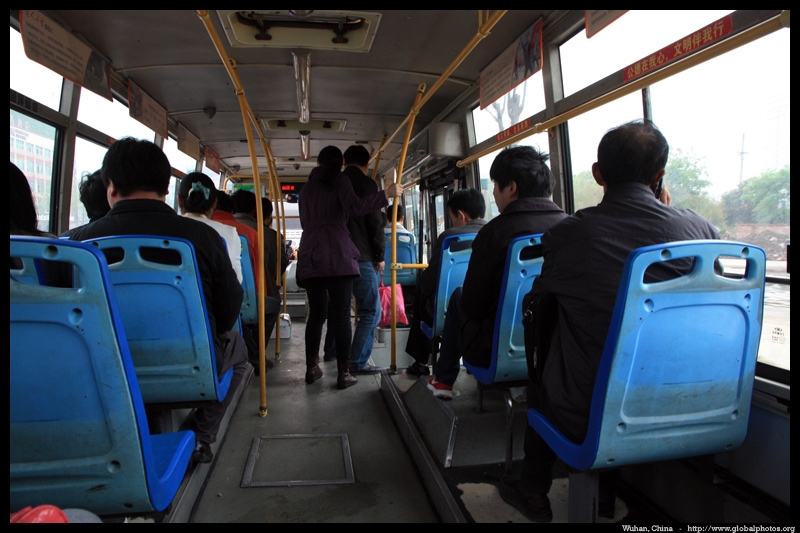
14. The Yangtze is one of China's 2 primary rivers and flows all the way to Shanghai. Wuhan comprises of 3 cities that are separated by the Yangtze and one of its tributaries.

15. Like many Asian cities, there is a lot of street food around. A tourist district has been set up along a historical alleyway to make eating an attraction. Do you want to try some tofu?
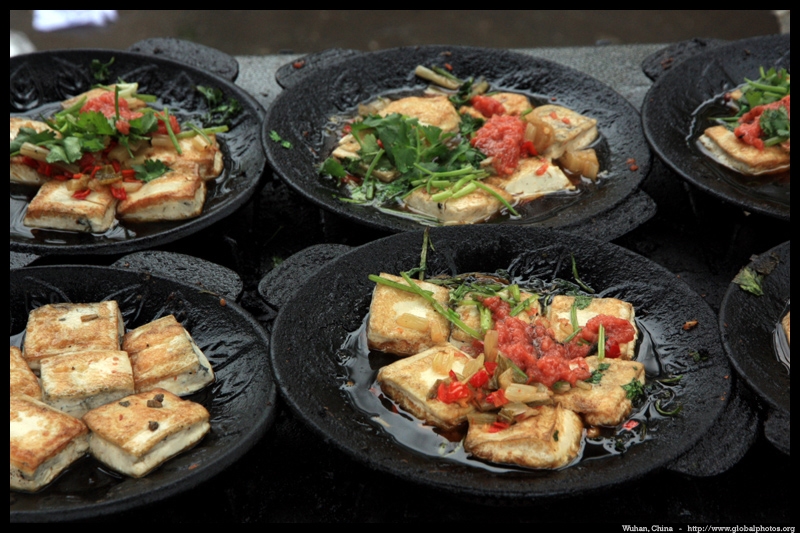
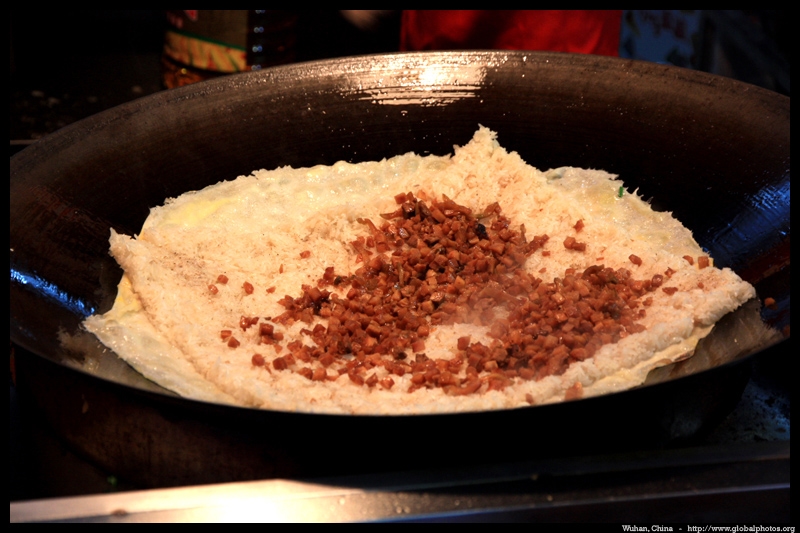
17. Being an inland city, I wasn't expecting much seafood at all. They should have let these crustaeceans grow to something more biteable.
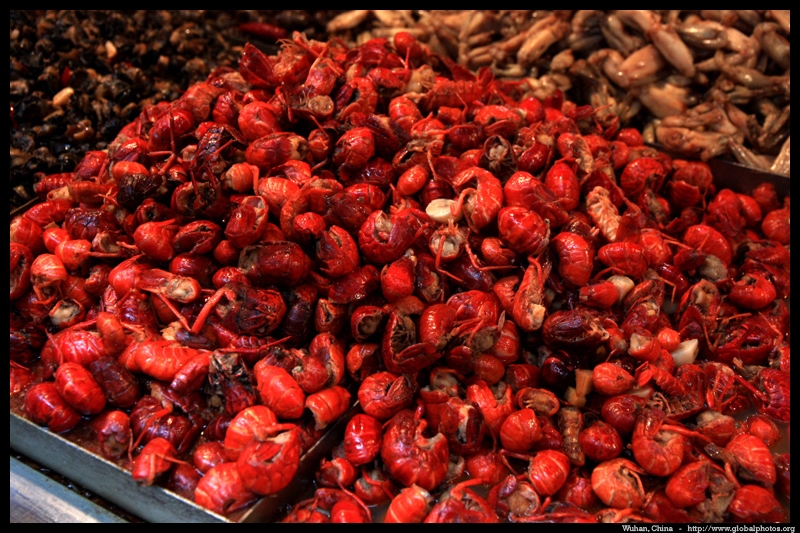

19. I'm not a big fan of fried seafood. The freshest seafood should be stir-fried or steamed.
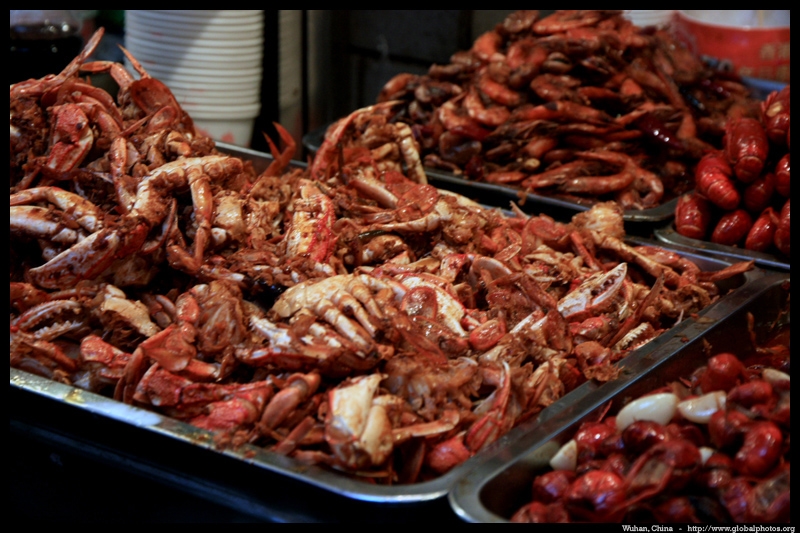
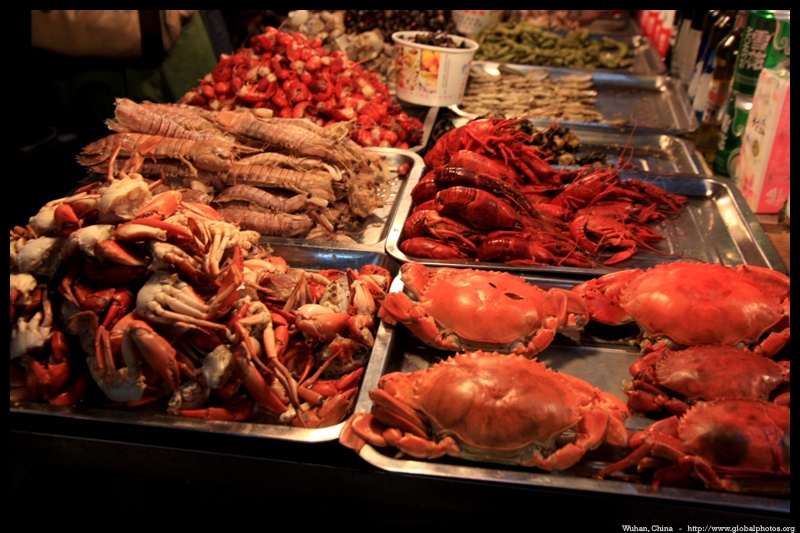
21. This double-deck bridge spans across the Yangtze and connects Wuchang with Hanyang. Pedestrian walkways line both sides and it is possible to cross underneath at the 2 pylons.
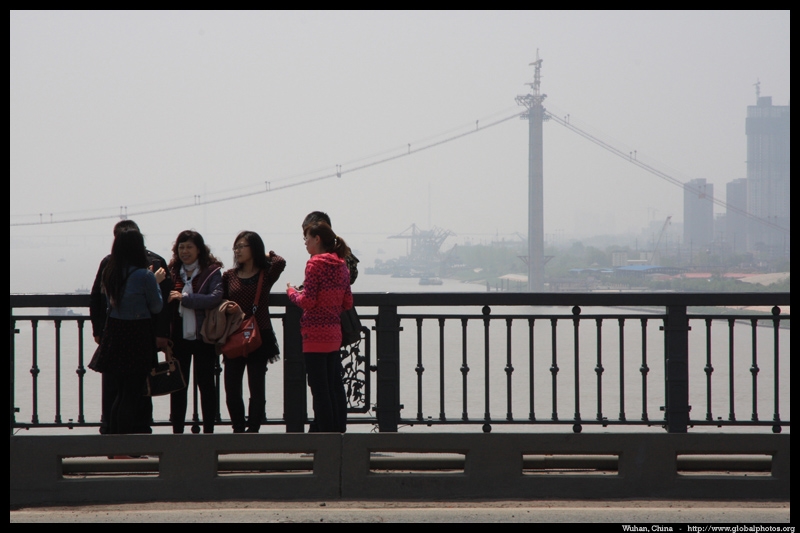
22. Crossing the bridge from underneath ...
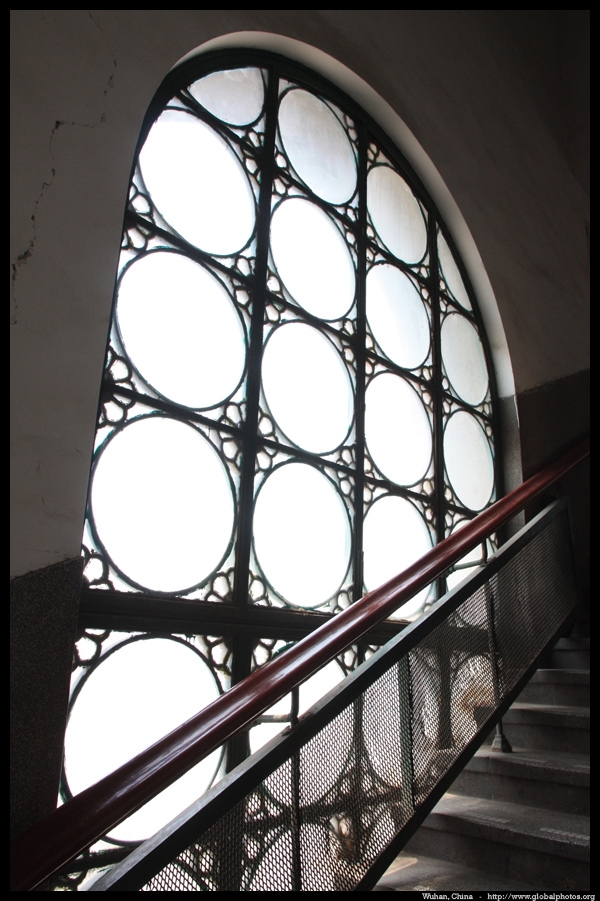
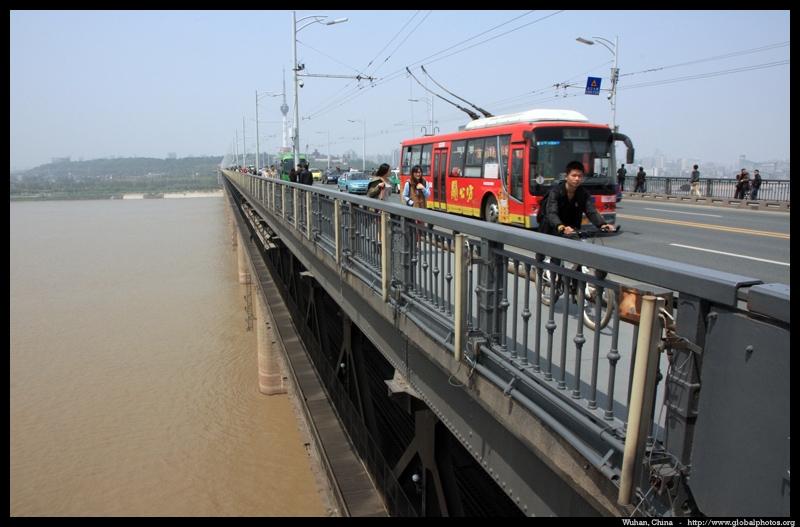
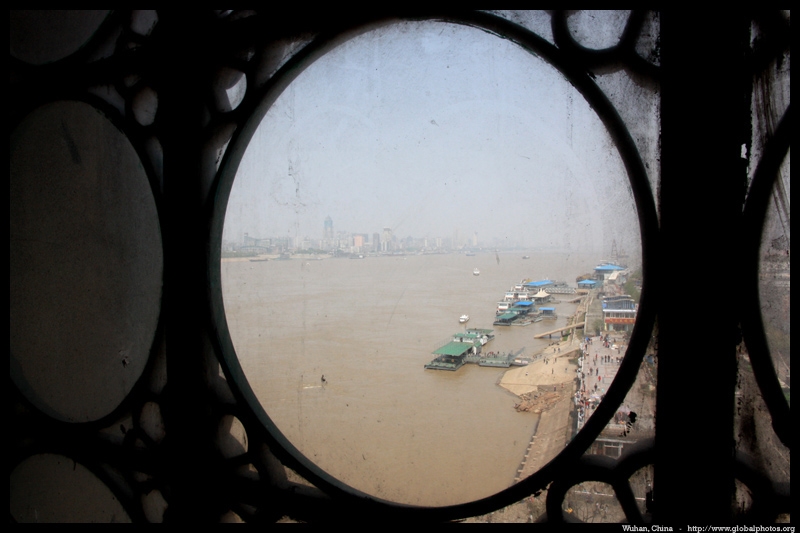
25. The Hanshui empties into the Yangtze here.
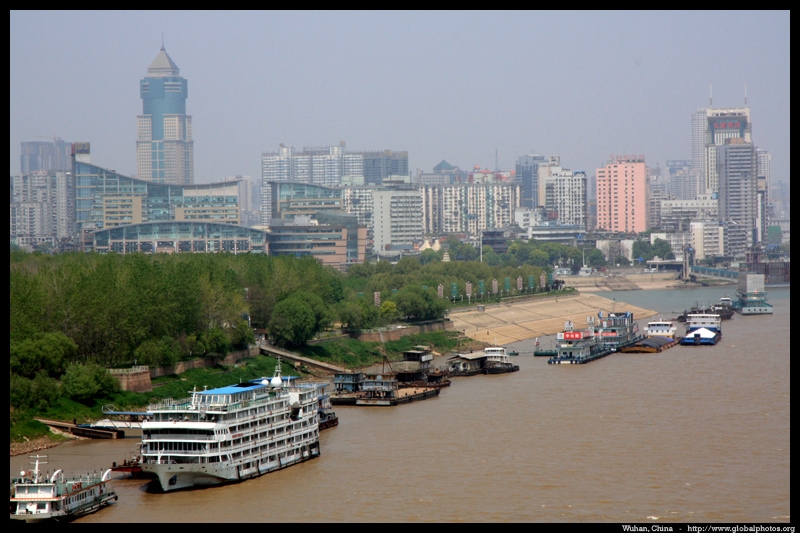
26. At Guiyuan Temple, worshippers have a variety of wishes, from the typical good health to the more unique high GMAT scores.
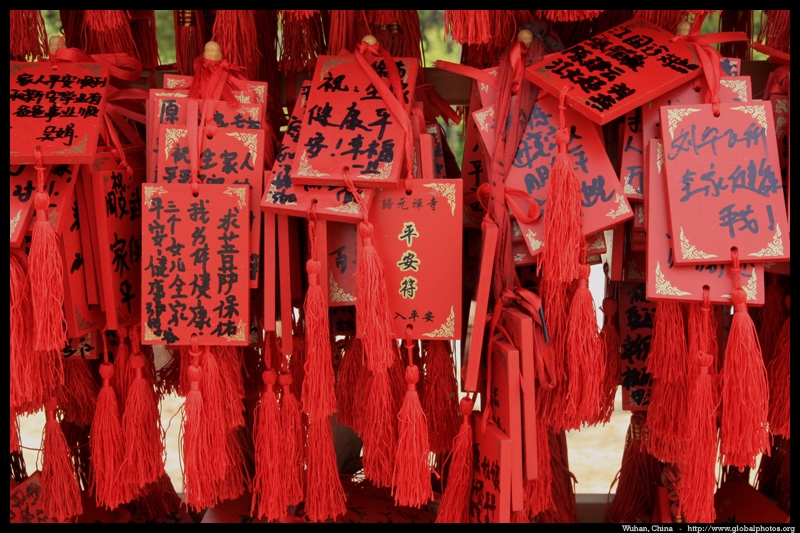
27. With an admission charge of 10 yuan a pop, their coffers seem to be quite full, being able to fund this expansion.

28. There wasn't too much air pollution during my visit. They do have some street beautification schemes, such as these tall and elegant bamboo groves along street medians.
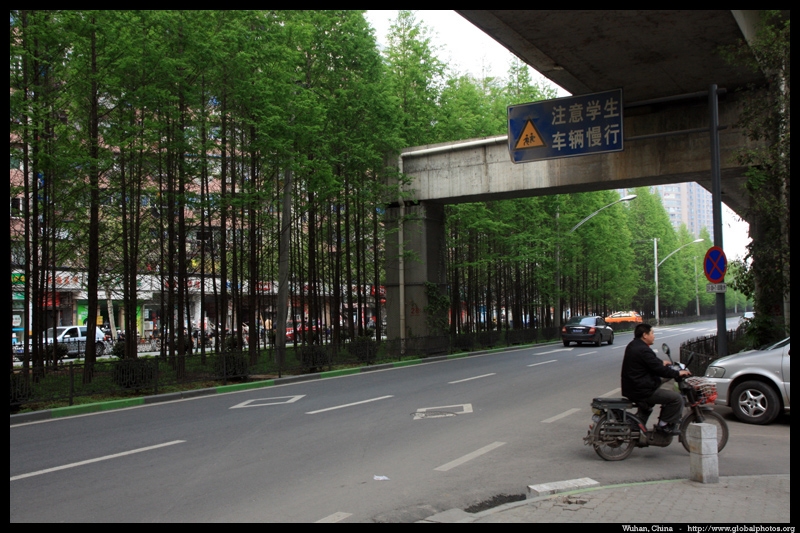
29. The masses live in reasonably-kept housing. It's nothing spectacular, but nothing disgusting like the slums I have seen in South Asia.
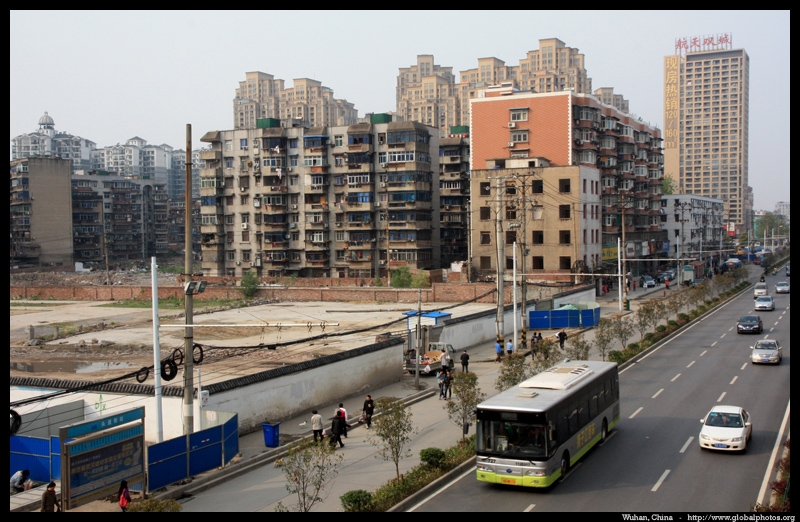
30. Gude Temple is one of the most striking architectural feats in the city.
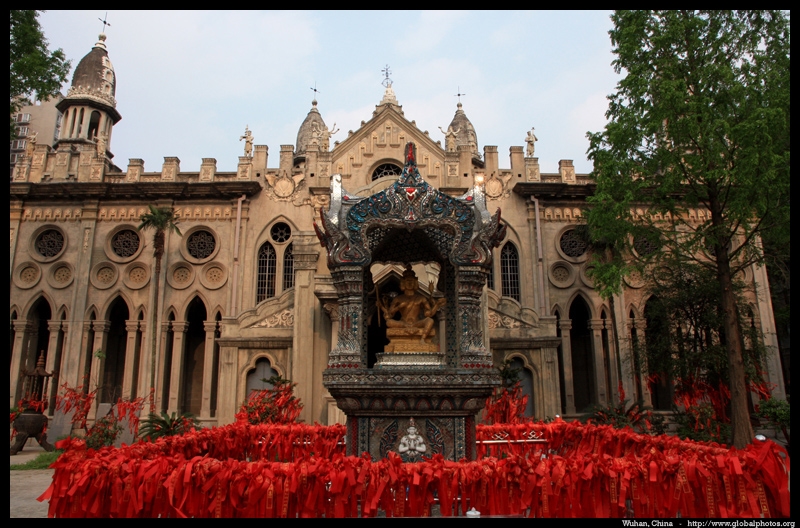
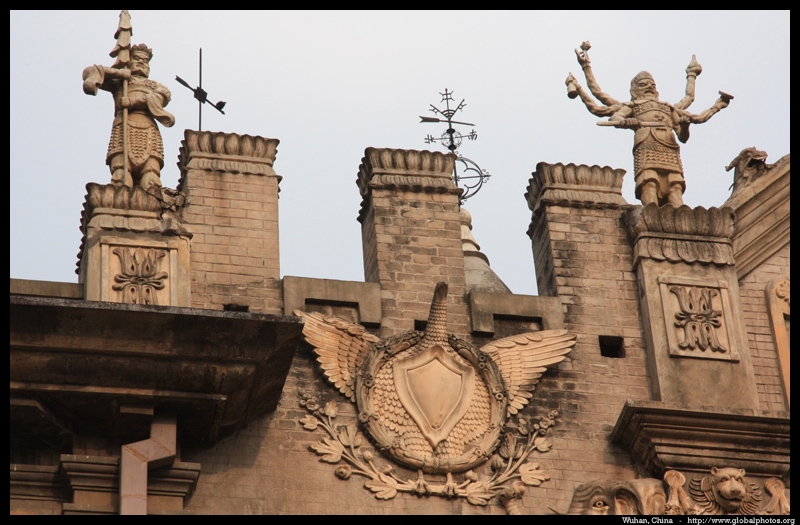
32. The real neighbourhoods are full of life, with clothes hanging out to dry, kids out to play, and residents looking for a good deal with their grocery shopping.
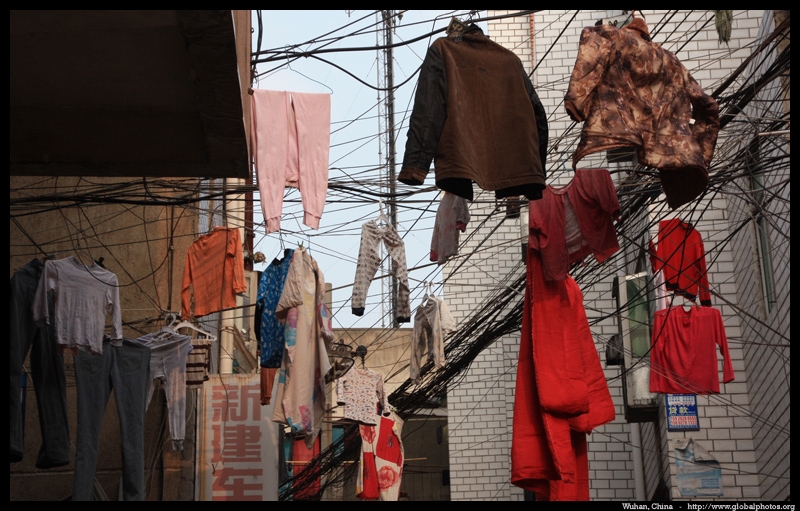
33. Hankou's Yangtze River waterfront is a huge park. Wuchang's skyscrapers rise in the background.
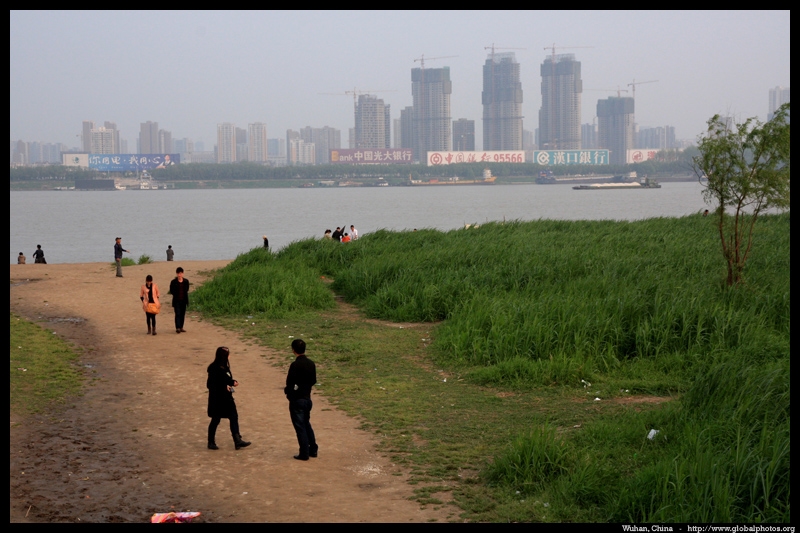
34. The Europeans established concession zones in Hankou and left their architectural mark. This part of the waterfront has plenty of European-style buildings.
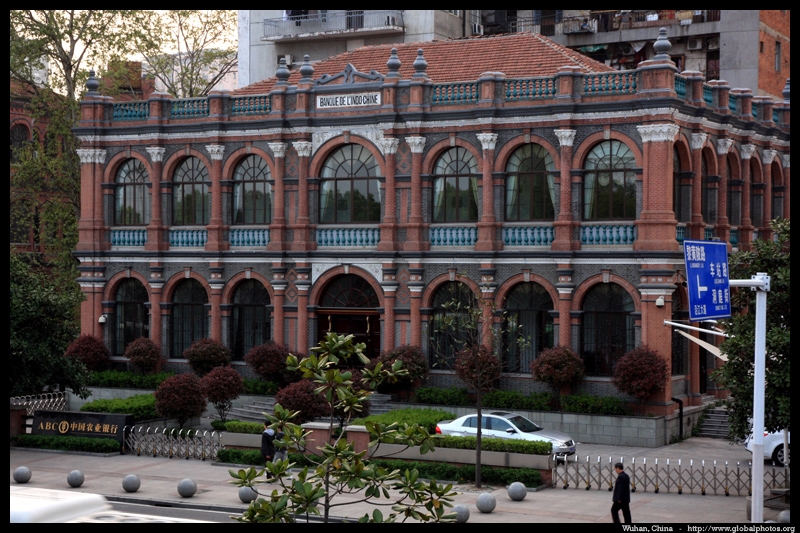
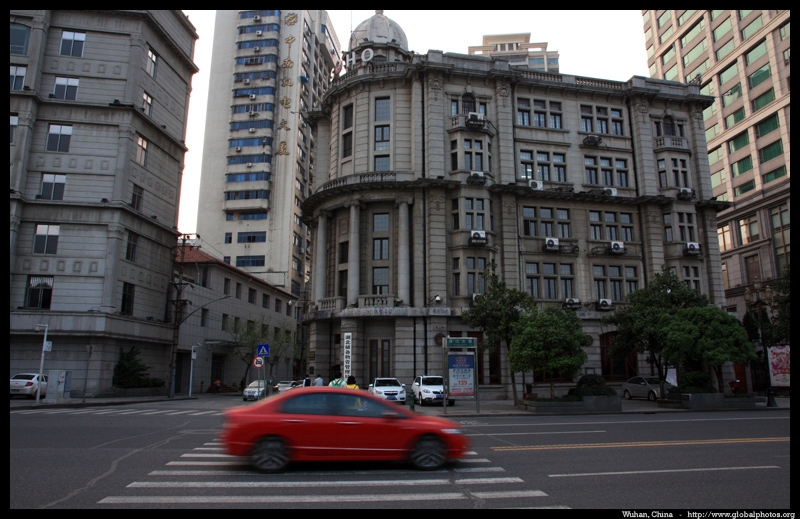
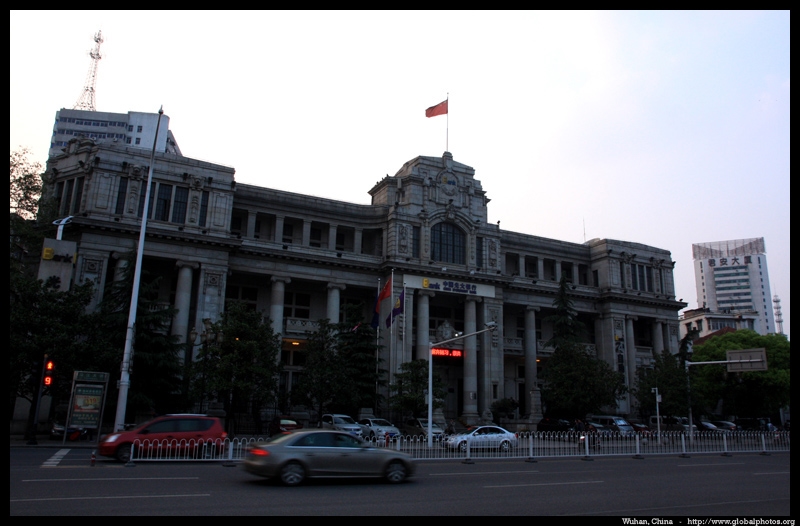
37. Chu River Han Street is a new shopping and eating destination in Wuchang. The pedestrianized street runs along an inlet. Numerous construction sites border it, so the whole area is still a work-in-progress.
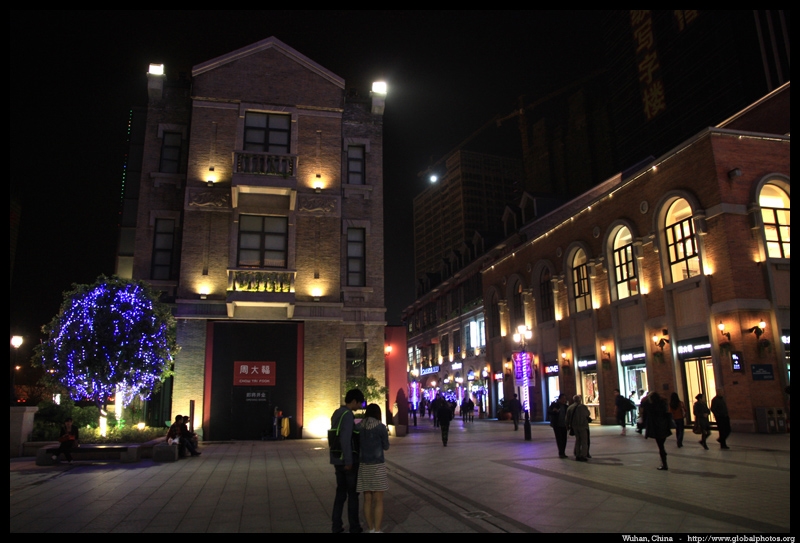
38. Historic architecture can also be found along Jianghan Road, a major historic commerce street in Hankou. It has now been pedestrianized and is popular with shoppers.
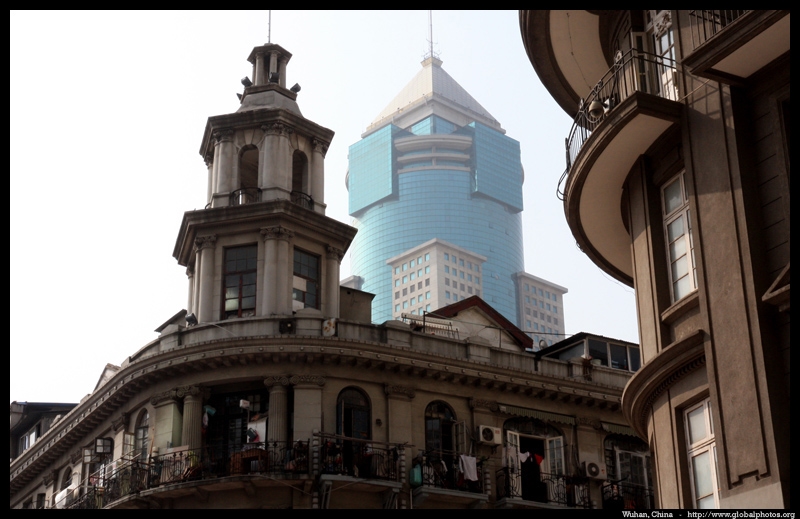
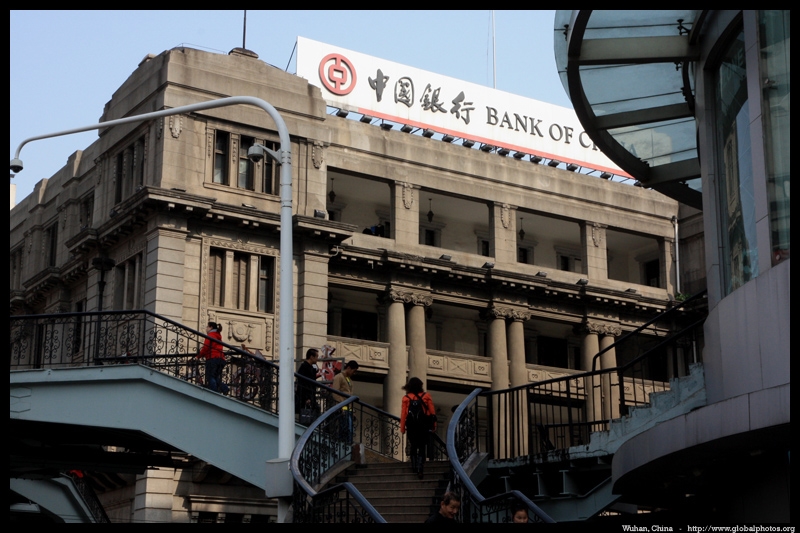
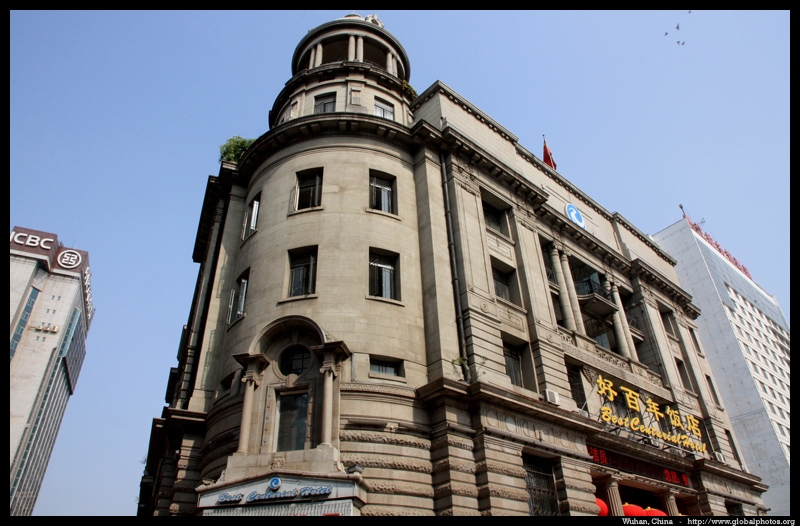
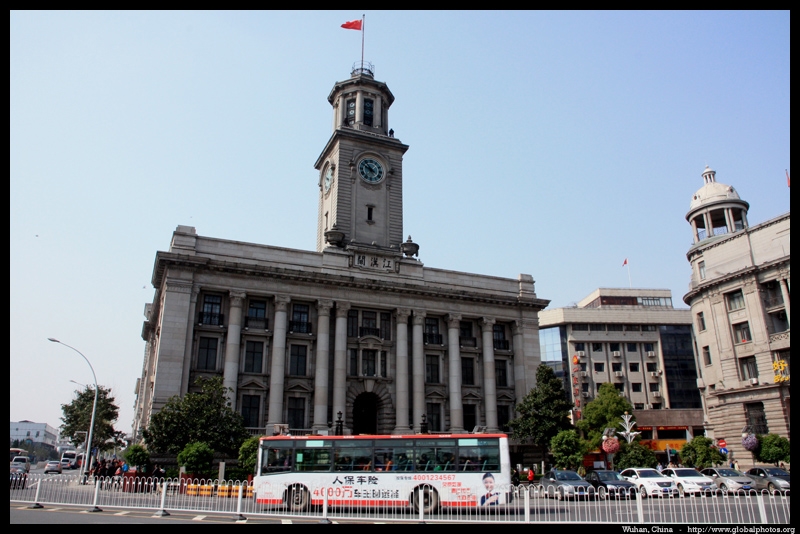
42. Hankou had a large commercial district. Many European-style buildings can be found on numerous streets.
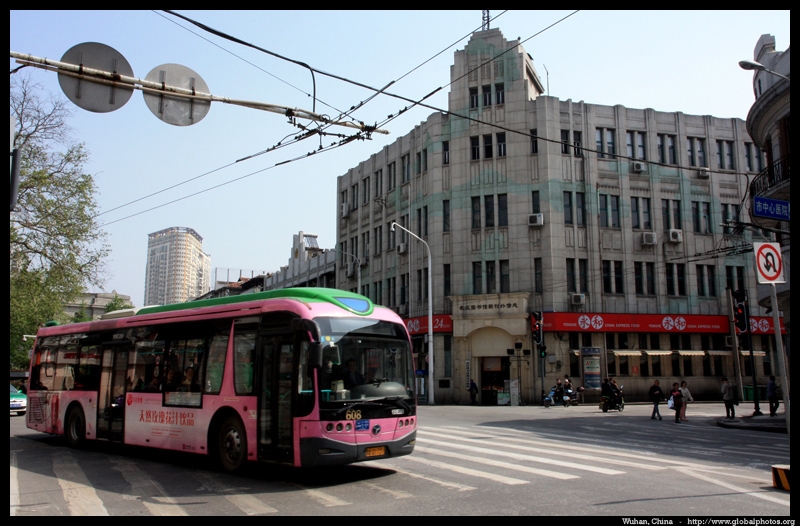
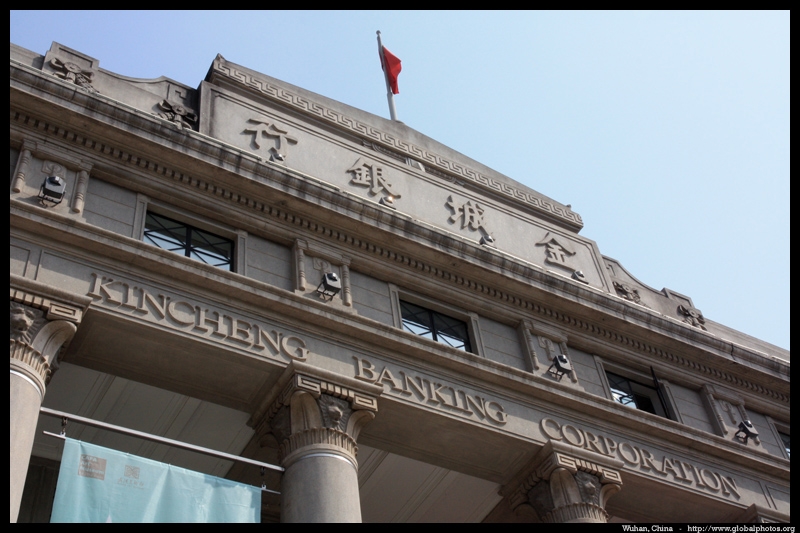
44. Across the river, tourist bus 402 takes visitors to the Yellow Crane Tower.
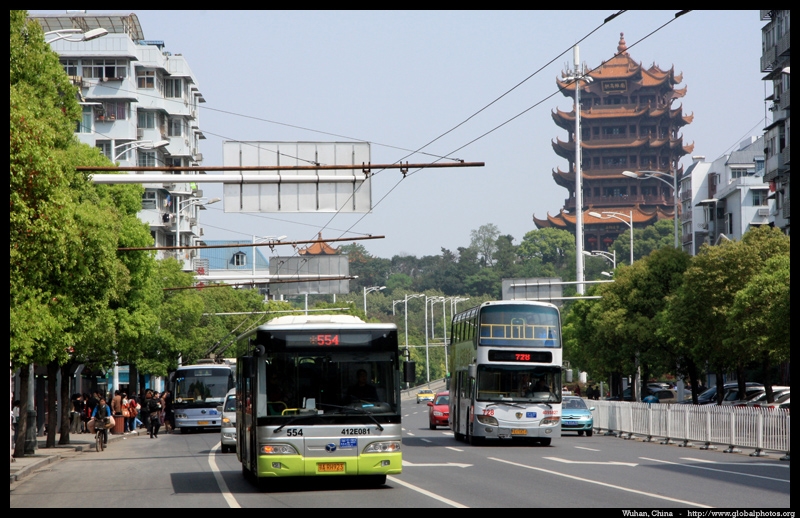
45. Wuhan played a major role in modern China's founding. Dr. Sun Yat-sen sparked the Xinhai Revolution here in Wuchang in 1911 to overthrow the Qing Dynasty. This museum commemorates the Wuchang Uprising.
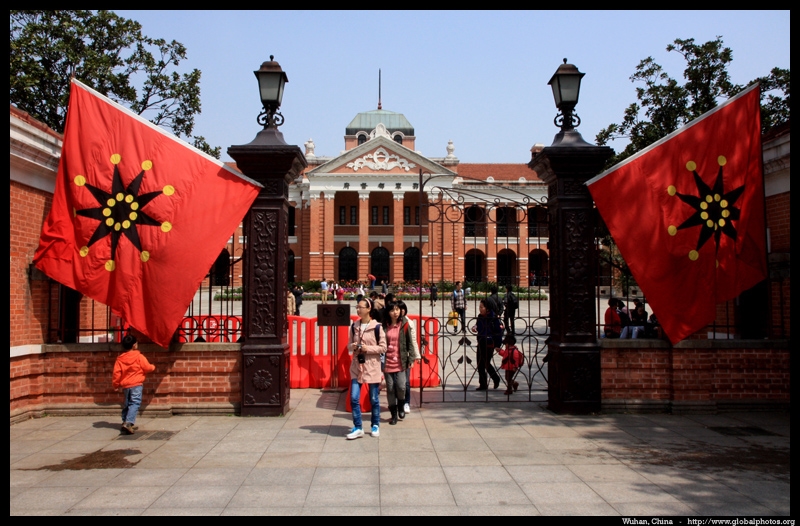
46. The Yellow Crane Tower is an expensive place to visit given there is actually little historic significance in the current reconstruction. At 80 yuan, you get a great view of Wuhan.
